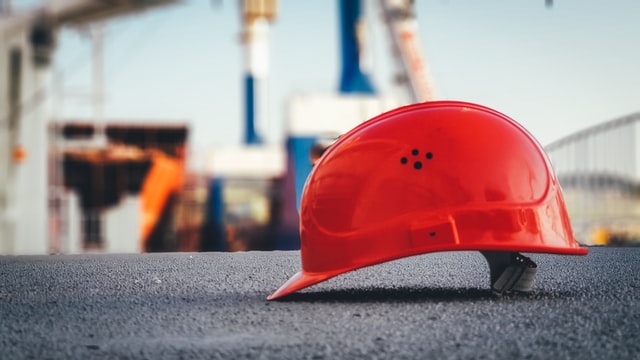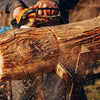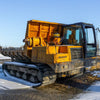Unisex or gender-specific? A guide to fully inclusive protective clothing

If the PPE you supply to your team is not fully inclusive, it may not be doing an adequate job at protecting all of your workers. Having clothing and protective equipment that doesn’t fit employees correctly means they are not receiving the level of protection that they should – something which is especially relevant to female workers who may be wearing protective workwear designed for the men. It is also possible that ill fitting workwear could be creating new hazards in the workplace or limiting the ability of your workers to carry out their jobs.
Inclusive or gender-specific PPE can mitigate against these risks.
What is inclusive PPE?
Many industries such as construction and the trades have been traditionally male-dominated. As such, the PPE designed for workers in those sectors is often tailored for the male form and desined to suit their stature and size. This creates an issue for female workers who are often left with protective equipment that is too large for them. Unfortunately, this is an issue across the board, extending into even more female-dominated sectors like healthcare.
This is where inclusive PPE comes in. Inclusive PPE refers to protective equipment that keeps all workers safe – regardless of their sex, abilities, size, and culture. In other words, it is gender-specific and caters to all your employees, offering each of them the protection they deserve.
Why is supplying inclusive PPE important?
Investing in inclusive PPE should be a non-negotiable. For one, it enables all workers to carry out their jobs effectively and makes injuries less likely. For example, if a woman was wearing large gloves intended for a male wearer, she may struggle to grip onto objects and lose the ability to carry out fiddly tasks. These loose-fitting gloves are also more likely to get caught in machinery or cause your worker to drop an item they are carrying, resulting in injury.
Inclusive PPE also plays a vital role in showing your employees that you care. It indicates that you value all members of your team equally, helping to boost employee satisfaction and job retention.
What types of inclusive PPE are there?
When stocking inclusive PPE, it is vital to remember that not all women are the same. Women come with different body shapes and heights. You also need to account for pregnant women and those with disabilities. The more diverse and specific your PPE for the intended wearer, the better. To get started, check out the female-specific PPE line by Herock and start treating your workers fairly.
-
Posted in
inclusive workplaces, personal protective equipment, PPE





